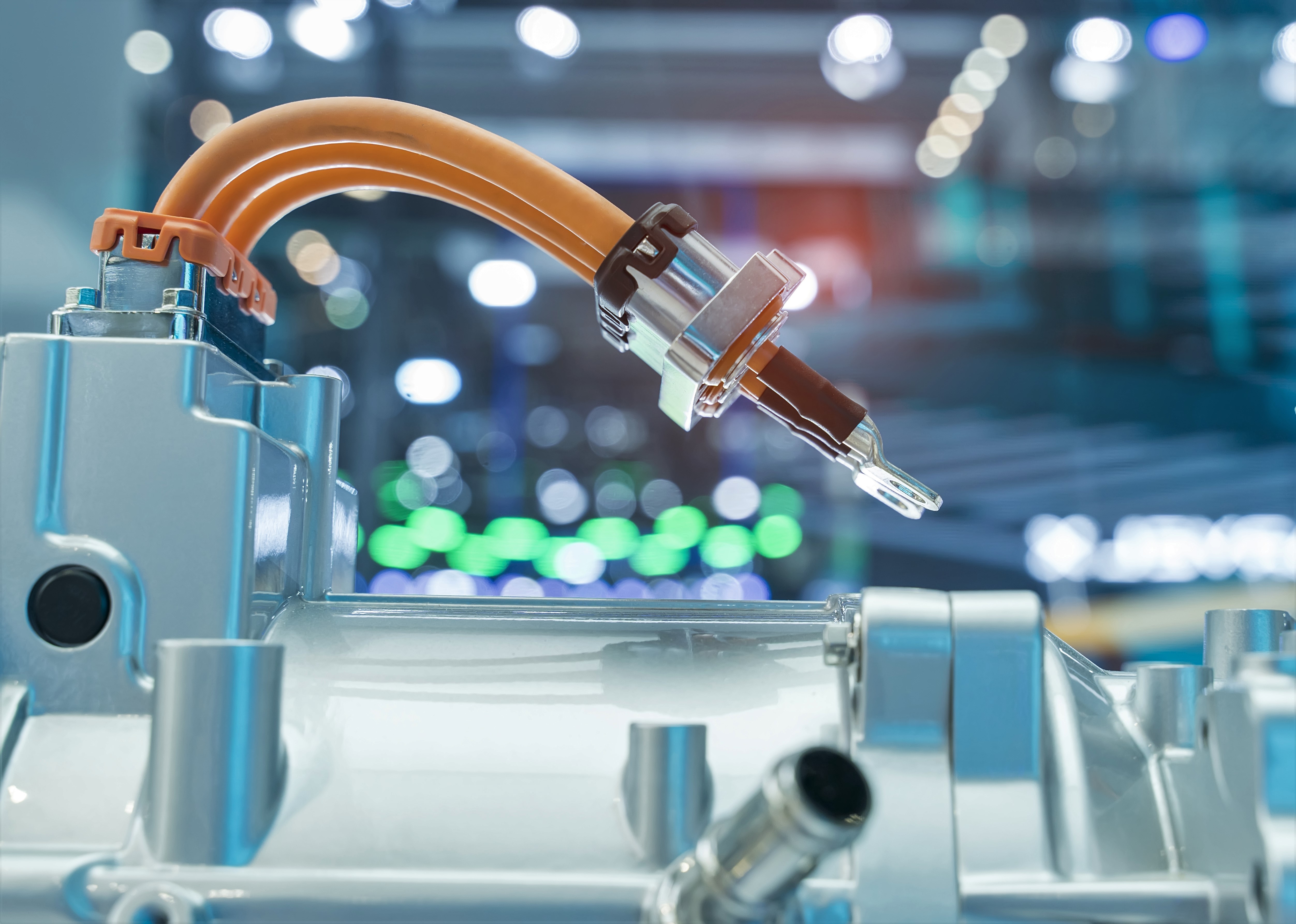
A circular economy for traction batteries is set to drive the transition to electric cars. The CEID’s new roadmap – co-written by Tilmann Vahle – describes how politics, industry and academia can act to achieve it.
The e-mobility revolution is already here. Countries and companies are setting net-zero targets, and manufacturers are gearing up to roll out electric vehicles; electric vehicle manufacturer TESLA has become the most valuable car manufacturer globally.* The Energy Transitions Commission recently predicted that upfront capital costs of buying light electric vehicles will fall below those for conventional vehicles by the mid-2020s.
In large part, this shift will be powered by new-generation traction batteries. And they, in turn, will need a climate-friendly, resource-efficient growth sector: a system of products and services that maximise the value of each battery through its whole life cycle. The latest report from the Circular Economy Initiative Deutschland sets out the direction of travel for business, science and government, and highlights three key ‘pilot project profiles’ for the creation of an effective circular value chain.
- Information on battery life: to set incentives and IT systems to improve provision of battery data during and after end of life (EoL) of batteries, for example through battery passports
- Modelling platform for EoL decision-making: an open platform to model the optimal use of batteries at the end of their service life – into a secondary use or a particular recycling path.
- A European battery disassembly network: the physical infrastructure to support reverse logistics and dismantling of vehicle traction batteries.
Created with input from German corporates, science and academia, the report has a domestic target clearly in view: the National Platform for Mobility wants to see seven to ten million electric vehicles on Germany’s roads by 2030. “The circular economy is essential for that,” explains Martin R. Stuchtey, co-founder of SYSTEMIQ, a key partner in the CEID. “It reinforces the economic and environmental advantages of e-mobility.”
The report’s figures are certainly impressive. CE measures could reduce a battery’s carbon dioxide emissions by up to 40% over its service life, and its cost by 20%. As the system develops, it will start to meet a greater share of the demand for key battery materials (from 10% in 2030 to 40% in 2050). This in turn will reduce dependency on material extraction and imports – more lithium-ion batteries will mean a steep rise in demand for cobalt, lithium, and nickel. And it will support a wider shift towards ‘decoupling’ – a move away from our current economic dilemma, whereby development takes a rising toll on the world’s resources.
This is just one of the roadmap’s fundamental transformations for the economy. The report calls for measures to enhance productivity throughout the service life of the battery (smart charging and vehicle-to-grid, and ride pooling). A Circular Economy for traction batteries should involve not just high-quality recycling, but also effective collection, prolongation of service life through refurbishment, and possibly a “second life” for batteries in other applications – lower demand mobility or stationary applications. The comprehensive use of digital technologies (battery passports, data spaces, and industrial internet of things) will enable a shift from the current circular waste management – with low value retention through downcycling – to more productive recycling management.
For Susanne Kadner, CEID’s lead, measures to ensure circular management of traction batteries need to be put in place now, “before and during the development and manufacture of the products themselves”. The report calls on business and science to align to ensure that new batteries, and their supporting ecosystems, come to market as ‘circular economy compatible’. Across all recommendations, the initiative calls for Europe-wide action and collaboration. This includes updating critical EU regulations, such as the EU Battery Directive, with ambitious targets and clear definitions, harmonize national legislative implementation of EU laws for a more level playing field, scale investments into infrastructure for disassembly and recycling, and set common industry standards for battery circularity.
We’re at the start of a transformation to a circular economy”, Kadner explains. “Together with actors from science, industry and civil society, we’re showing a particular sector what this can look like in practice.”

